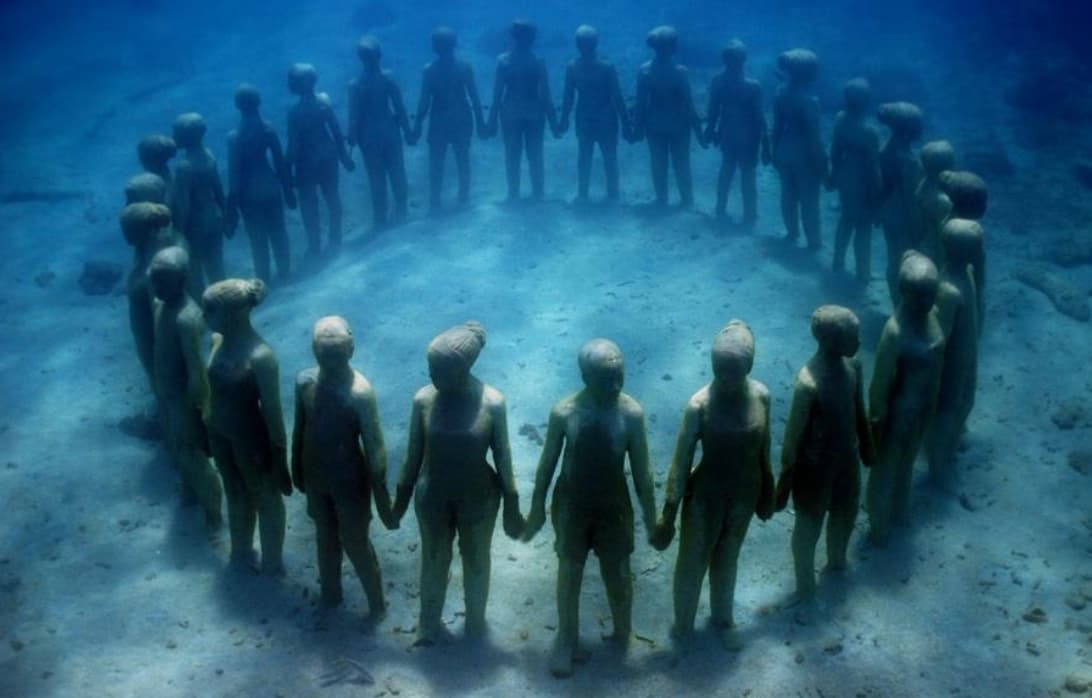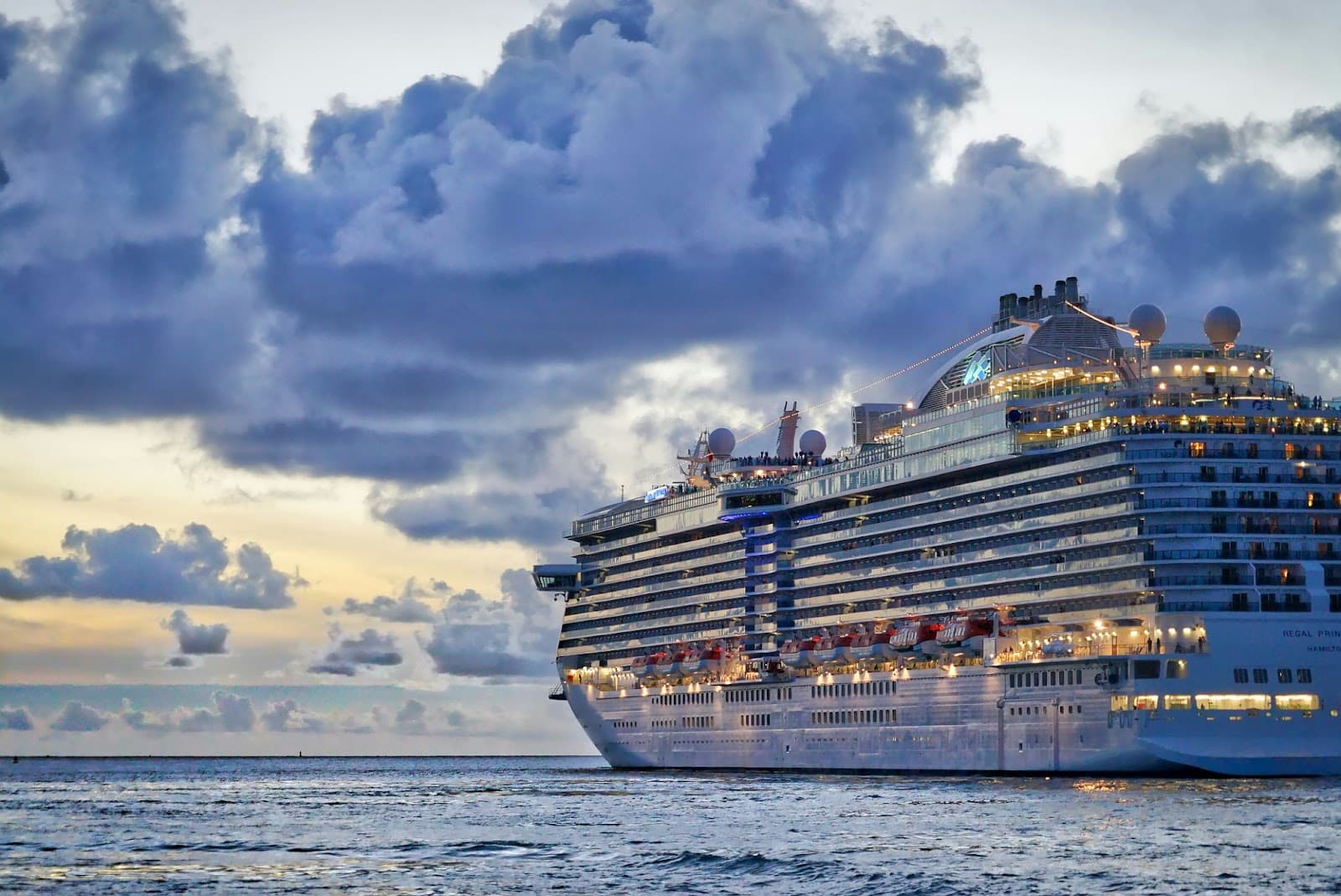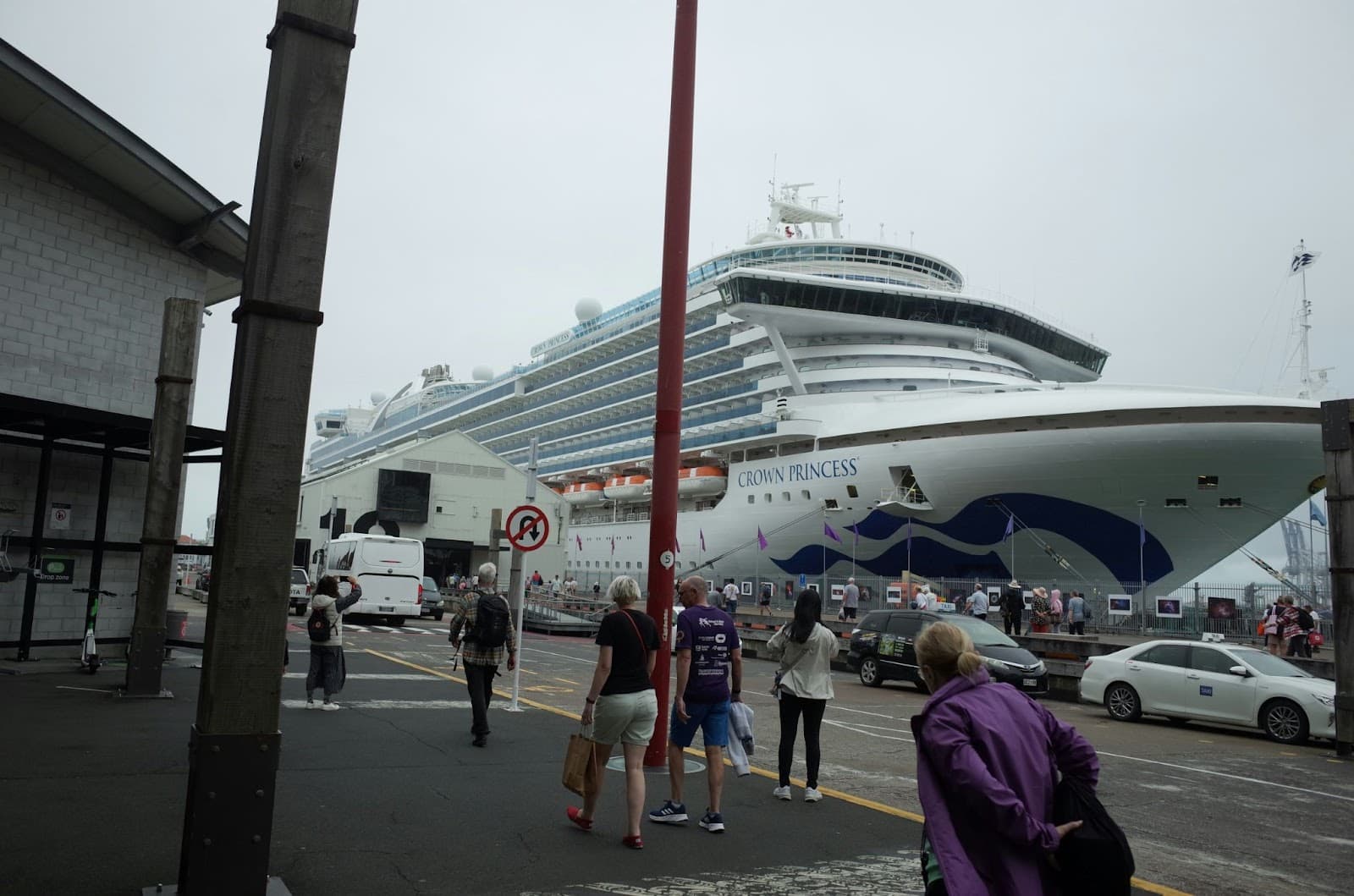Nestled in the Caribbean, just off Grenada’s West Coast, lies an extraordinary fusion of art and marine ecology known as the Molinere Bay Underwater Sculpture Park, also referred to as the Grenada Underwater Sculpture Park. This pioneering project stands as the world’s inaugural underwater sculpture park, conceived by British sculptor and ecologist, Jason deCaires Taylor. The park showcases 75 remarkable artworks sprawled across approximately 800 square meters, submerged at depths between 5 and 8 meters.
Ocean Facts You Won’t Believe: What do you know about Grenada Underwater Sculpture Park?
In an innovative response to the devastation wrought by Hurricane Ivan, Taylor crafted these statues using pH-neutral materials, thus providing a foundation for coral and other marine life to thrive. Presently, the park is celebrated as one of the world’s 25 wonders.
History
Conceived by the visionary Jason deCaires Taylor, the Grenada Underwater Sculpture Park was birthed from a desire to intertwine art with environmental conservation. Following the severe damage inflicted on Molinere Bay by Hurricane Ivan in 2004, Taylor envisaged the sculptures serving as artificial reefs to foster a sustainable marine habitat. With backing from the Grenada Tourism Authority and the Grenada Underwater Sculpture Management Inc., the project took shape in 2006, utilizing eco-friendly concrete and steel to promote the growth of corals and marine life. By 2007, the park had garnered global acclaim, recognized by National Geographic as one of the 25 Wonders of the World. Over the years, it has evolved into a thriving underwater ecosystem, attracting diverse marine life and additional sculptures by various artists.
Notable Sculptures
Among the park’s collection are several standout pieces:
The Vicissitudes
This striking sculpture of 26 children holding hands in a circle symbolizes unity and strength. Theories about its meaning vary, but its official interpretation highlights the power of togetherness.
Christ of the Deep
Crafted by Troy Lewis in 2006, this fiberglass statue of Jesus Christ stands as a beacon of faith and spirituality, offering visitors a moment of reflection amid the tranquil underwater setting. Located at the heart of the sculpture park, it embodies a message of peace and unity, resonating deeply with divers from all walks of life. As marine life intertwines with the figure, it becomes a living symbol of coexistence between humanity and nature. The statue’s open arms welcome not just the diverse aquatic species that make it their home, but also encourage a dialogue on the importance of preserving our oceans. This powerful image of Christ beneath the waves invites contemplation on the interconnectedness of all life and the role of humans as stewards of the earth.
The Lost Correspondent
Depicting a man engulfed in a sea of information, this sculpture comments on the overwhelming nature of media and the importance of communication in society. Surrounded by a plethora of newspapers, the figure represents the relentless flow of information in the modern world and the challenges of staying informed. As coral and marine life claim the sculpture as their own, it symbolizes the persistent nature of news and information, even in the most unexpected places. This thought-provoking piece not only reflects on the role of media but also on the passage of time and the permanence of nature over human constructs. It encourages visitors to ponder their relationship with the media and the information-saturated world we navigate daily.
The Unstill Life
A depiction of domestic tranquility, this sculpture, featuring a table set with a vase and fruit bowl, awaits colonization by marine life, adding to the park’s dynamic ecosystem. This serene tableau, submerged beneath the sea, juxtaposes the stillness of everyday objects with the vibrant, ever-changing life of the ocean. As fish swim around and through it, and coral gradually adorns its surfaces, the sculpture becomes a testament to the beauty of growth and change. It challenges observers to find beauty in the mundane and to recognize the extraordinary processes of nature that continuously unfold around us. This piece beautifully captures the essence of life under the sea, merging the familiar with the mysterious in a captivating underwater still life.
The Fall from Grace
A life-size sculpture of a man on a bicycle, installed in 2007, quickly became a habitat for marine life, illustrating the park’s role in environmental conservation. This evocative piece captures a moment frozen in time, as if the cyclist and his bike were submerged in a single instant, highlighting the fragility of human existence compared to the vastness of the ocean. The rapid colonization of the sculpture by aquatic life underscores the resilience of nature and its ability to reclaim and repurpose human artifacts. It serves as a powerful reminder of the environment’s adaptability and the potential for harmony between human creations and natural ecosystems. As visitors observe the cyclist, they are invited to reflect on their own impact on the natural world and the importance of living in balance with it.
Marine Life and Environmental Impact: What about Grenada Underwater Sculpture Park?
The park’s success in promoting marine conservation is undeniable. The environmentally safe materials used for the sculptures provide a durable habitat for coral polyps and other marine species, facilitating a rich biodiversity and acting as artificial reefs.
How to Get to the Underwater Sculpture Park
Offering an unparalleled blend of art and nature, the park is accessible to visitors through snorkeling, scuba diving, or glass-bottom boat tours. While the latter offers a glimpse from above, diving allows for an intimate exploration of the sculptures and their intricate details. Visitors should note that certain activities may require diving certification or experience.
FAQs
Yes, the world is home to several underwater sculpture parks beyond Grenada, including the Museo Subacuático de Arte (MUSA) in Mexico’s Riviera Maya and the Ocean Atlas Sculpture in the Bahamas. These unique underwater galleries showcase a variety of artistic expressions, each serving a dual purpose of promoting marine conservation and providing an ethereal experience to divers. By integrating art with the aquatic environment, these parks offer a creative approach to reef restoration, attracting tourists and environmentalists alike. They not only enhance the visual appeal of the underwater landscape but also play a crucial role in educating visitors about the importance of marine ecosystems and the threats they face. The existence of these parks highlights the global interest in combining cultural enrichment with environmental stewardship.
The Museo Subacuático de Arte (MUSA) holds the title of the largest underwater sculpture park, nestled off the coast of Isla Mujeres in Mexico’s Riviera Maya. Spanning more than 4500 square meters and boasting over 500 sculptures, MUSA represents an ambitious endeavor to intertwine art with marine conservation on a grand scale. This underwater museum not only serves as a tourist attraction but also as an innovative method of coral reef conservation. The sculptures, made from materials conducive to coral life, offer a foundation for coral growth, helping to relieve pressure on natural reefs. The park’s vast expanse and the sheer number of artworks make it a monumental testament to the potential of human creativity in fostering environmental sustainability and awareness.
The Museo Subacuático de Arte (MUSA) holds the title of the largest underwater sculpture park, nestled off the coast of Isla Mujeres in Mexico’s Riviera Maya. Spanning more than 4500 square meters and boasting over 500 sculptures, MUSA represents an ambitious endeavor to intertwine art with marine conservation on a grand scale. This underwater museum not only serves as a tourist attraction but also as an innovative method of coral reef conservation. The sculptures, made from materials conducive to coral life, offer a foundation for coral growth, helping to relieve pressure on natural reefs. The park’s vast expanse and the sheer number of artworks make it a monumental testament to the potential of human creativity in fostering environmental sustainability and awareness.
Underwater sculptures were conceived as a novel approach to combine artistry with ecological conservation. Crafted from pH-neutral materials, these sculptures are designed to provide a hospitable base for marine life to colonize and thrive. This initiative addresses the urgent need for new coral habitats, mitigating the effects of reef degradation and promoting biodiversity. Beyond their ecological purpose, these artworks invite contemplation on the relationship between humans and the natural world, serving as submerged museums that captivate and educate divers and snorkelers. The creation of underwater sculptures represents a proactive step towards marine conservation, highlighting the inventive ways humanity can contribute to the preservation and enhancement of our planet’s marine ecosystems.
Yes, Grenada Park employs several conservation measures to ensure its preservation and support for marine life. These measures include marine monitoring, sustainable tourist practices, and the development of artificial reefs. Through these efforts, the park aims to maintain its biodiversity and offer an enriching experience for visitors while minimizing environmental impacts.



